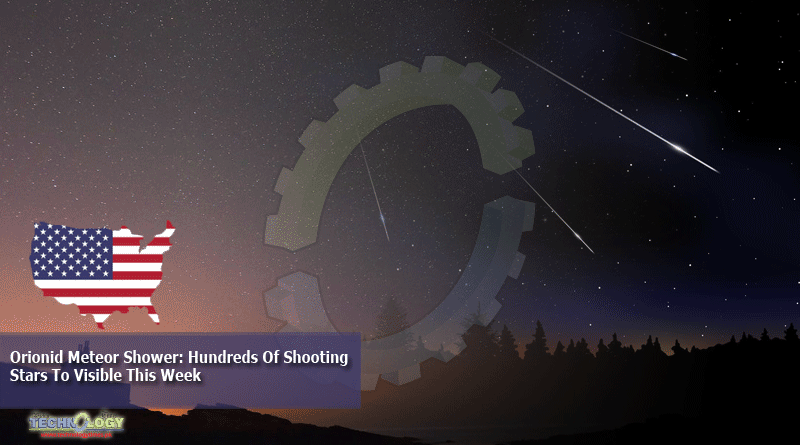Hundreds Of Shooting Stars Are Expected To Be Visible This Week As The Orionid Meteor Shower Puts On Its Annual Show.

The Orionid meteor shower occurs roughly every October 2 to November 7, when Earth is passing through a stream of debris left behind by the most famous comet out there: Comet Halley.
The shower gets its name from Orion because it appears to a originate from a point in the constellation, and NASA deems it one of the most beautiful showers of the year.
Though the shower lasts for a few weeks, peak viewing is expected to take place at around midnight on Wednesday, October 21, with the meteors best visible from a dark site. As many as 25 shooting stars could be visible per hour during the peak period.
Truly keen stargazers are advised to lie flat on your back to watch the show, with your feet facing towards the south east if you’re in the northern hemisphere, and north east if you’re in the southern hemisphere.
Meteors are actually pieces of dust, but they make for an impressive show visible in both the Northern and Southern hemispheres. They enter our atmosphere at roughly 147,000 miles per hour (66km per second), though a number of them leave trails that allow observers to follow their path for a good few seconds.
As well as Orionid meteor shower, Comet Halley is also parent to the Eta Aquariid meteor shower, which is visible in early May. The comet itself travels into the inner solar system roughly every 76 years.
This news was originally published at unilad.co.uk
